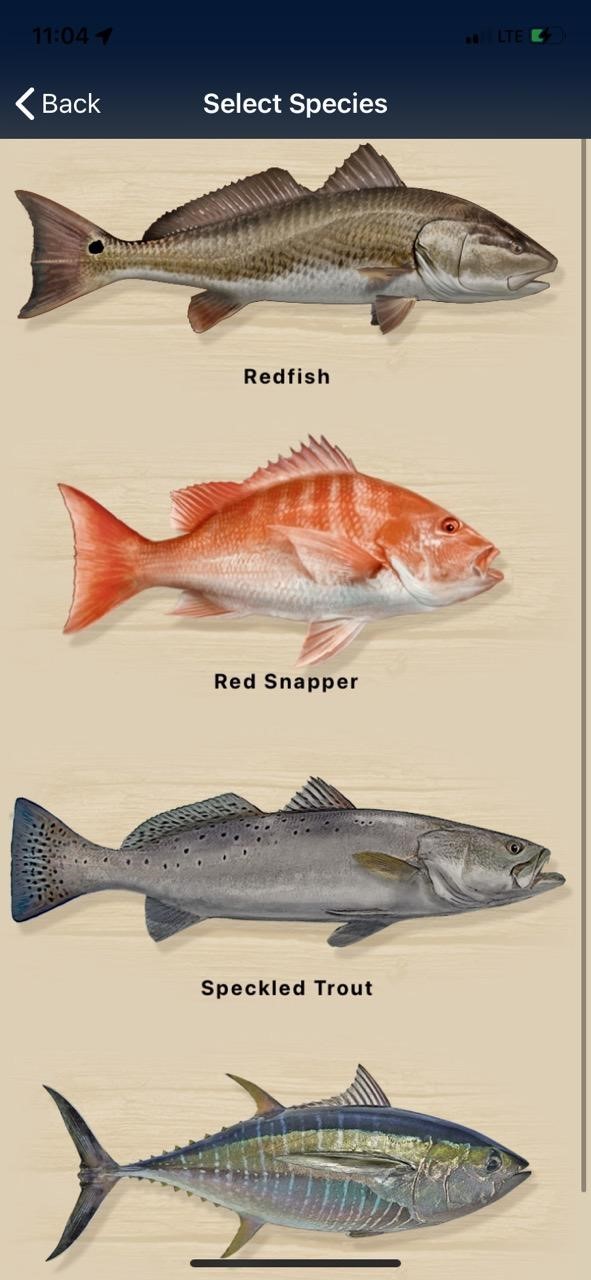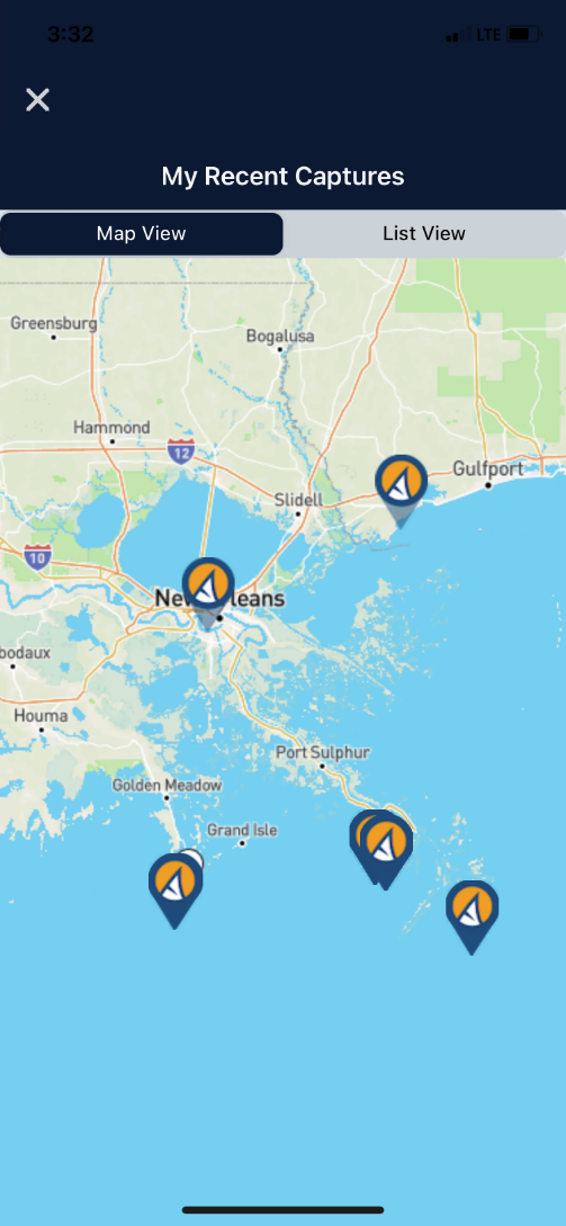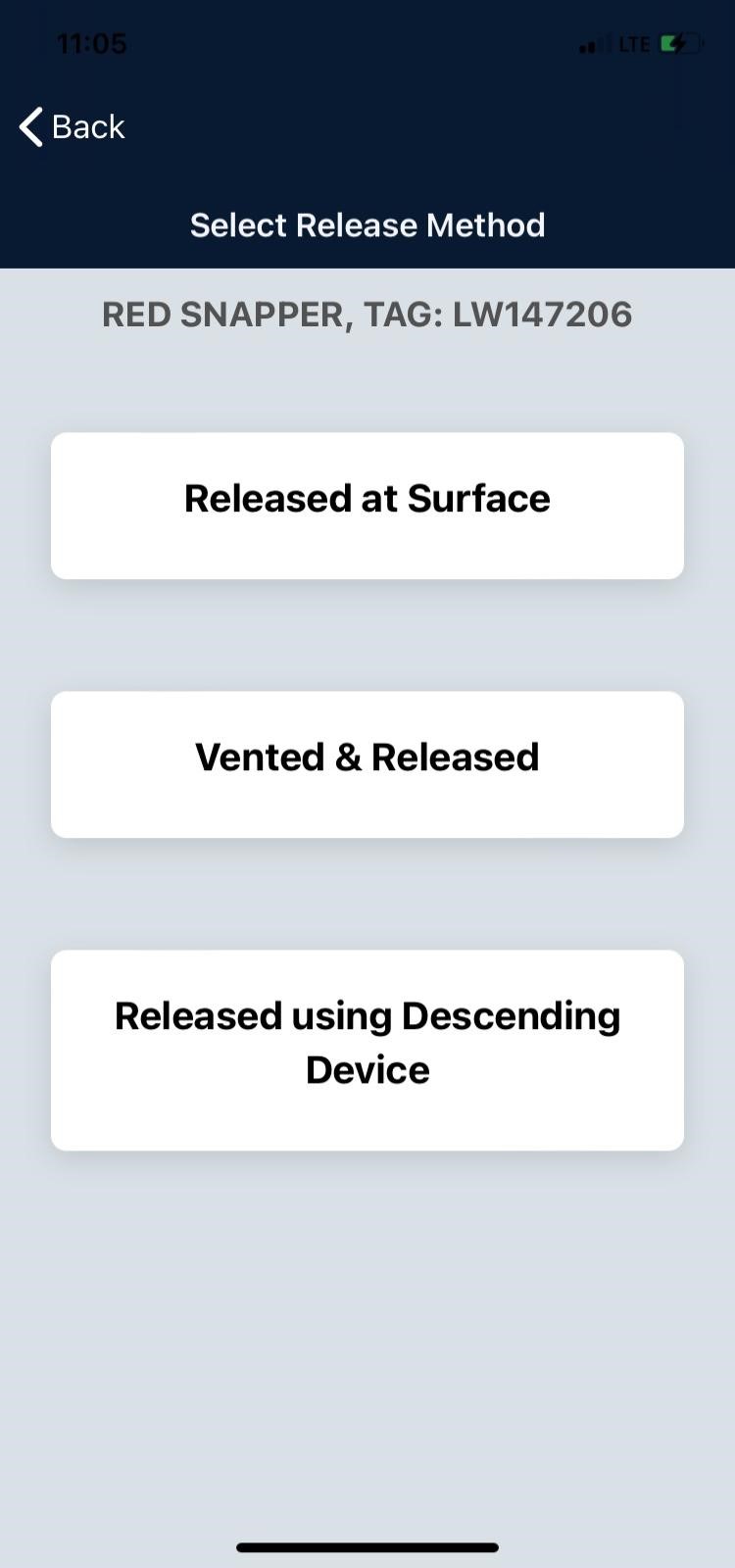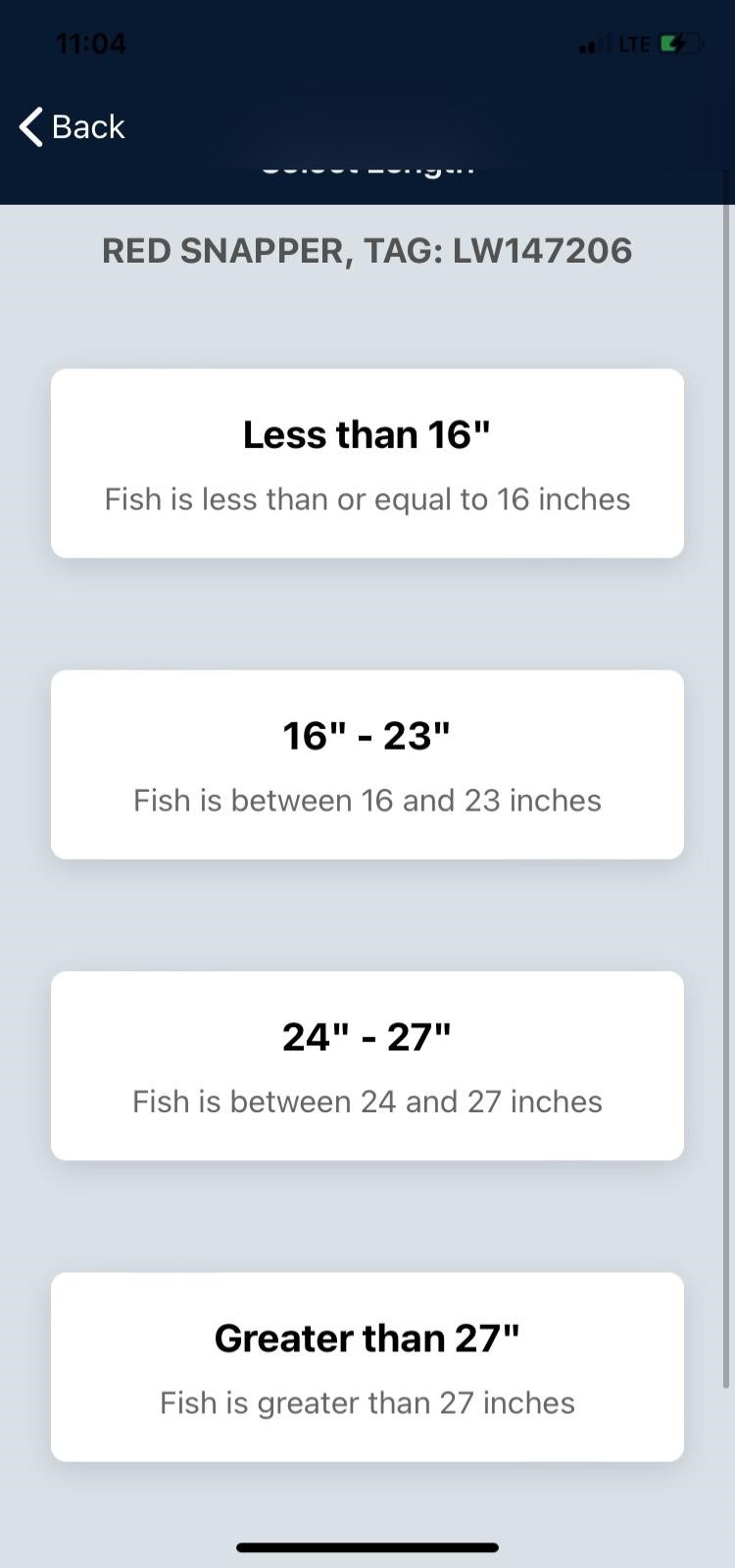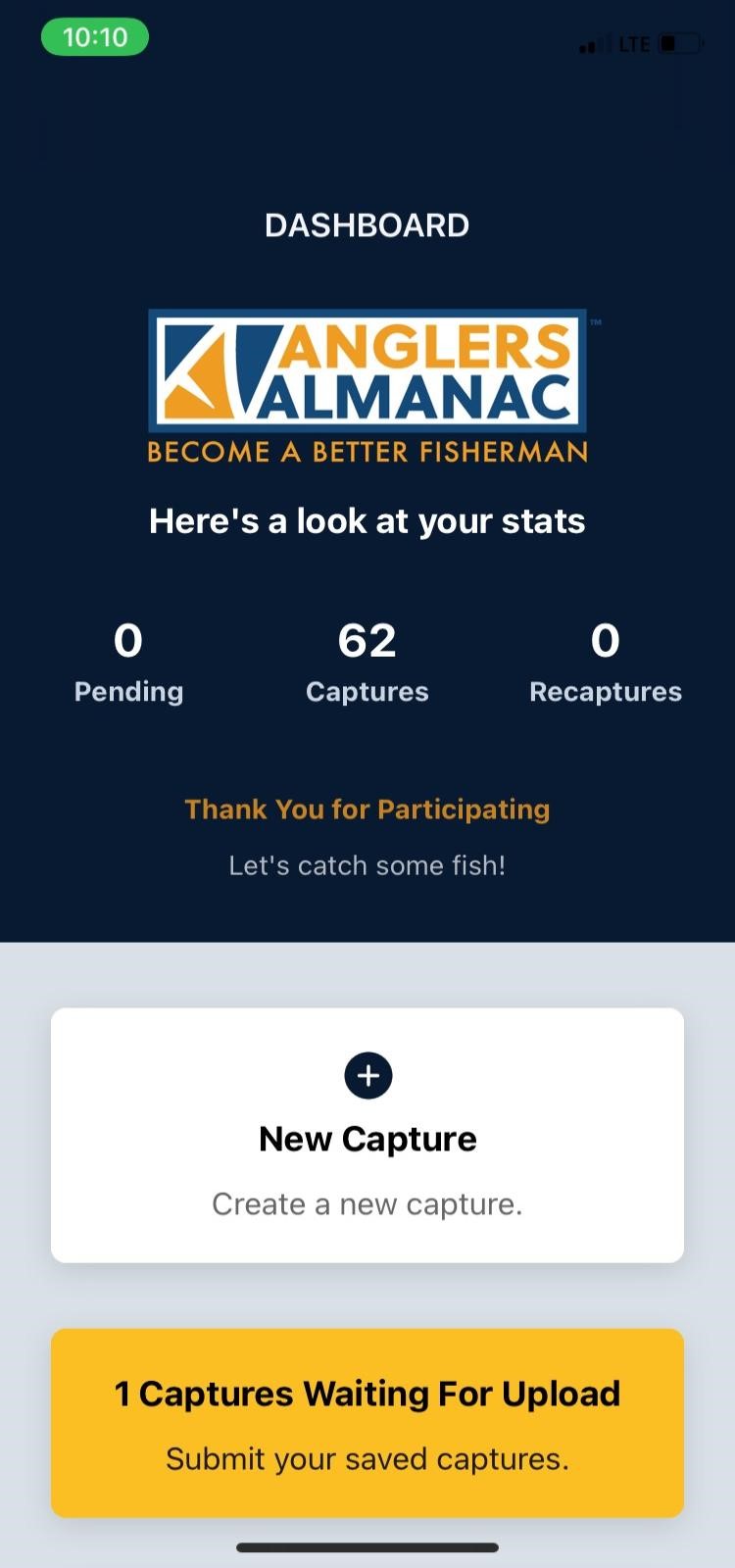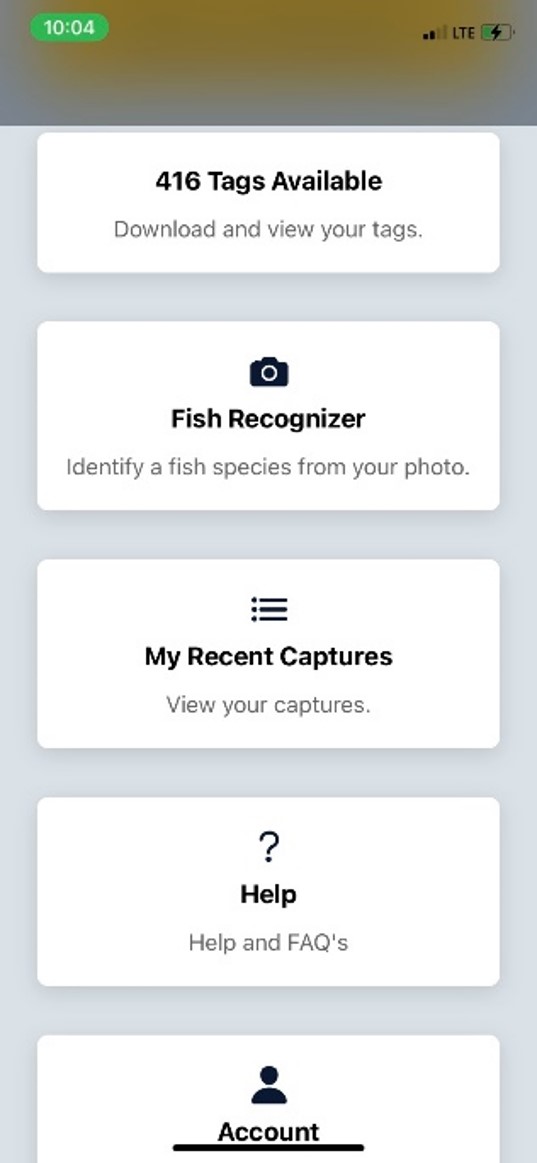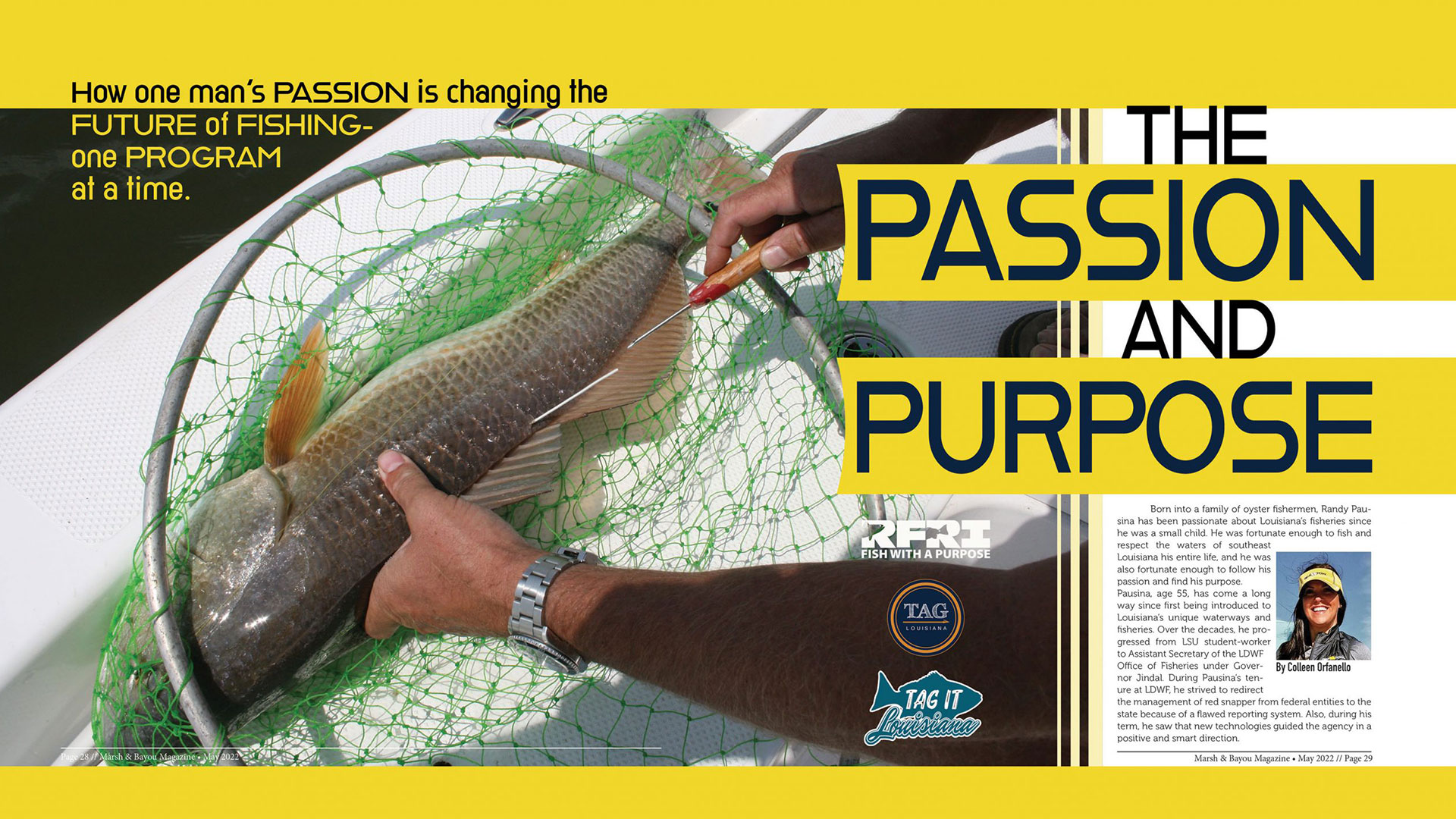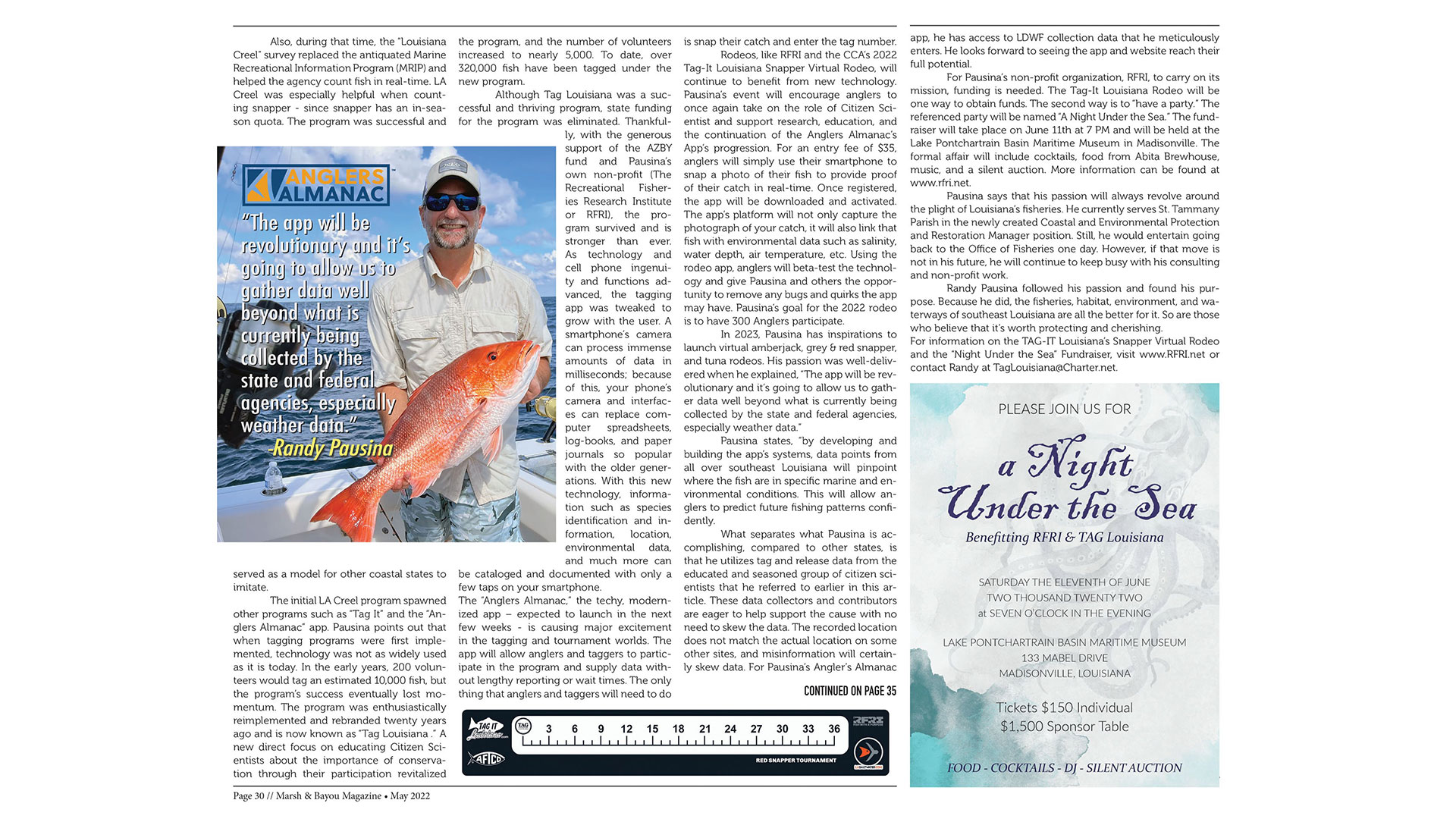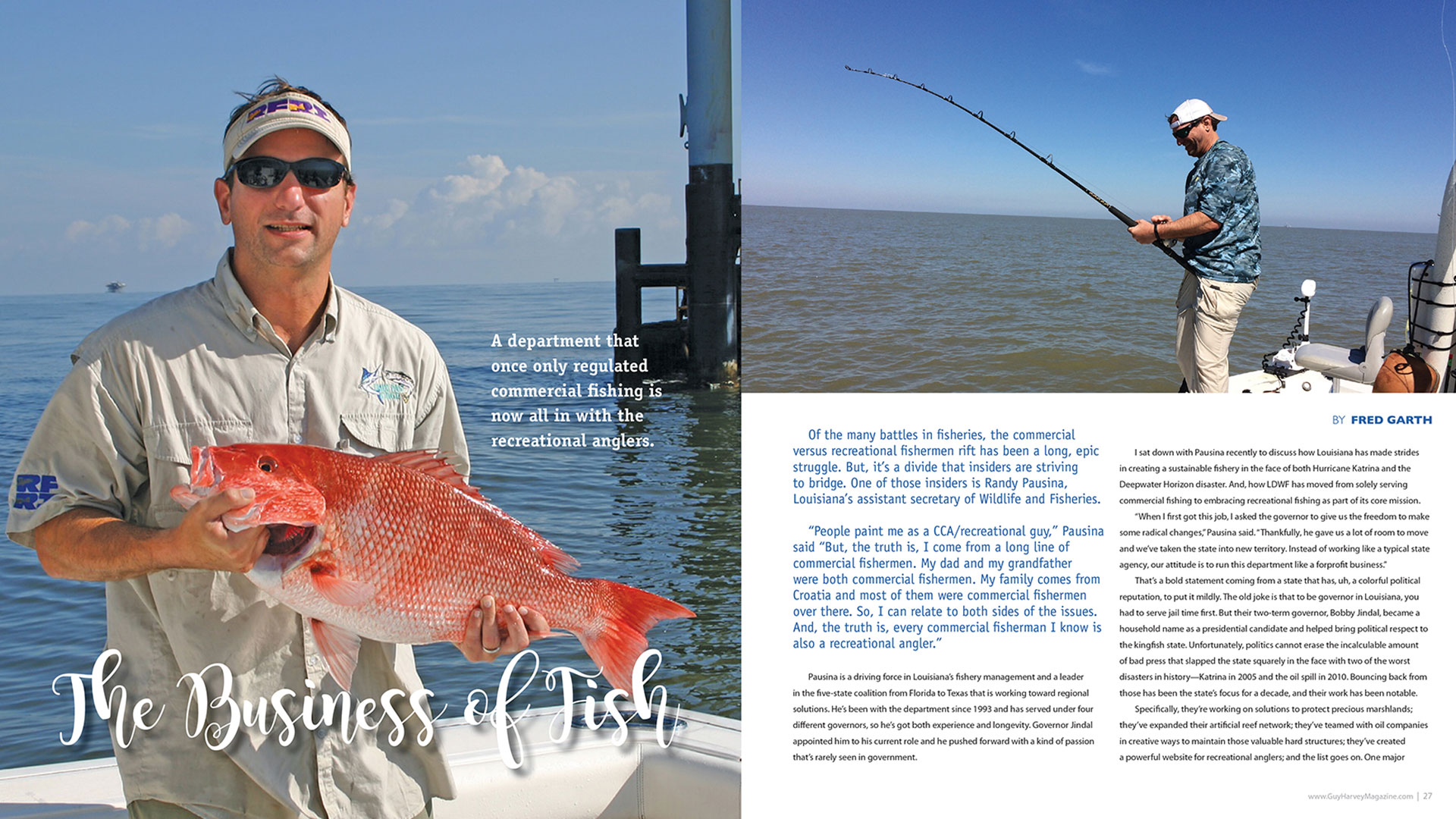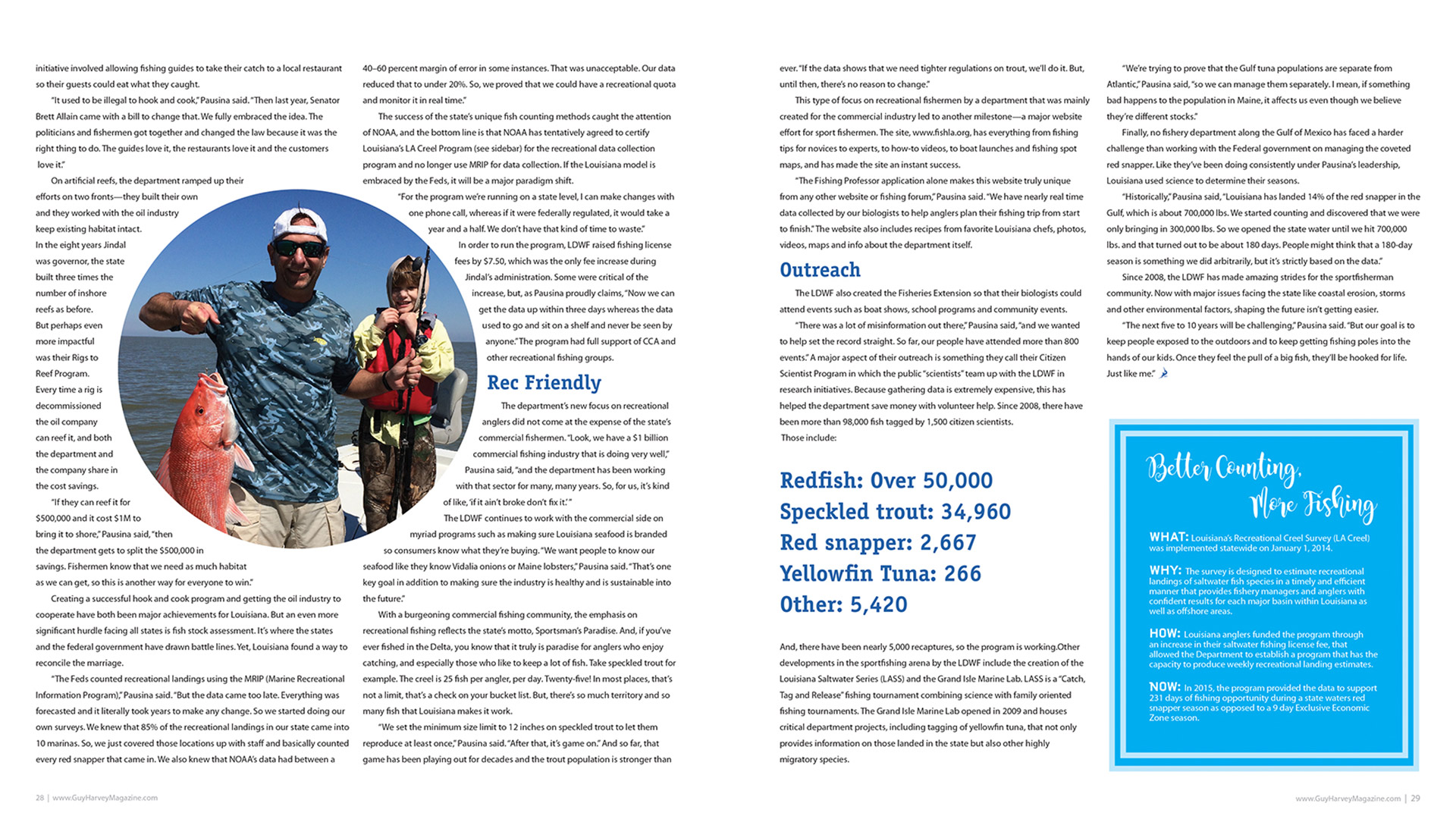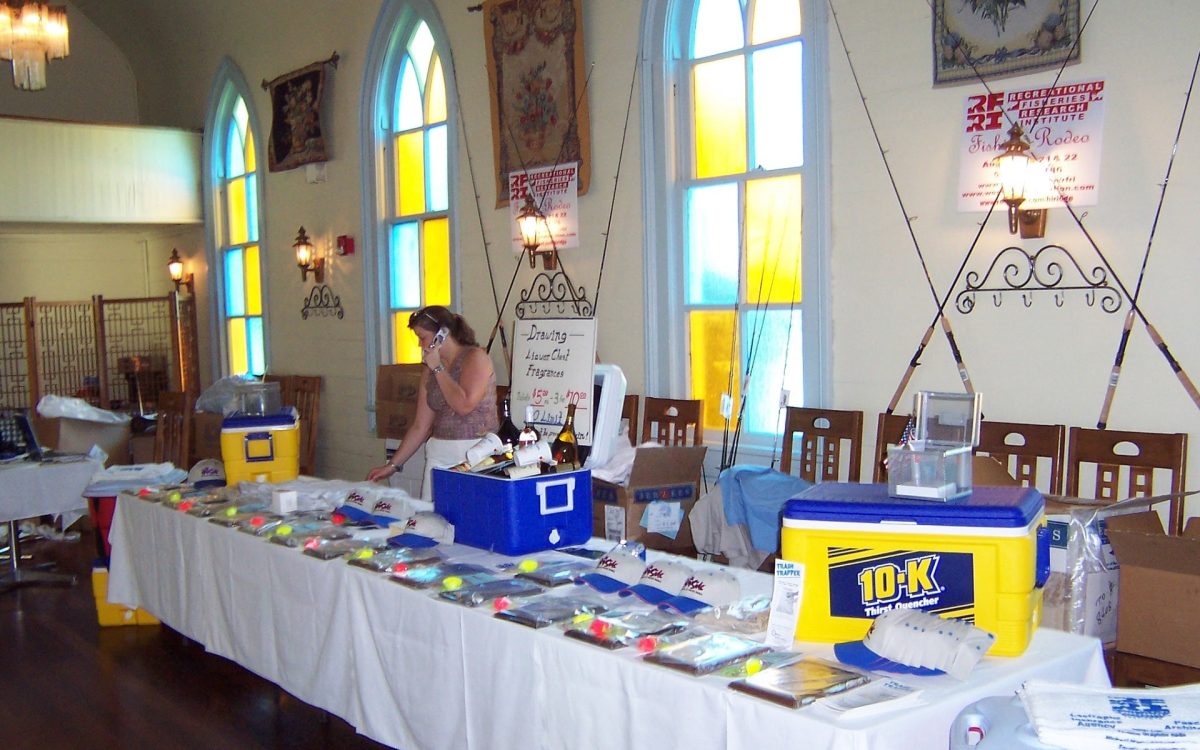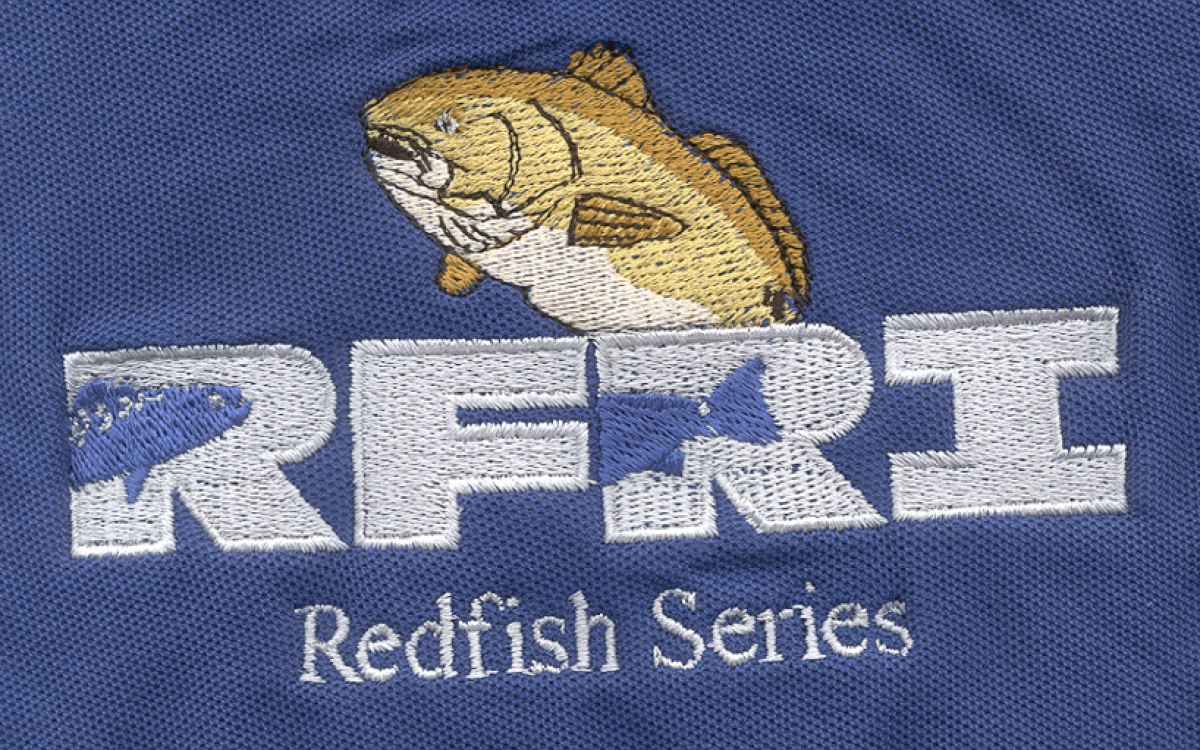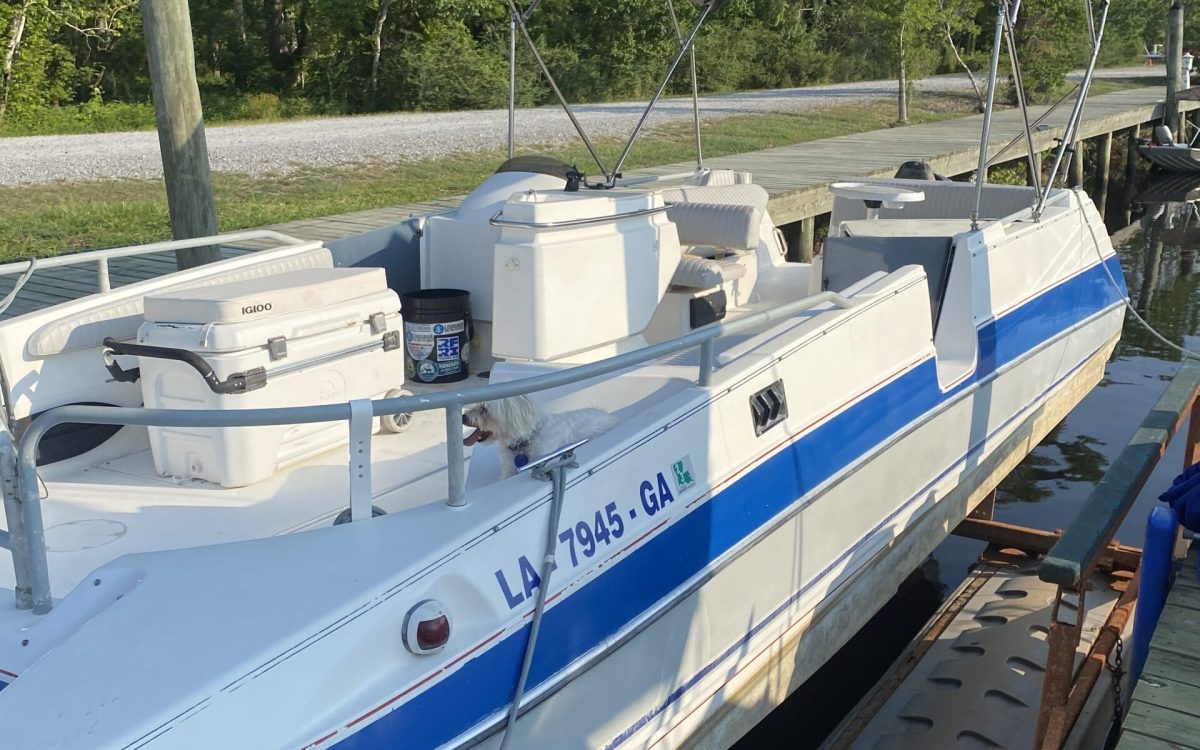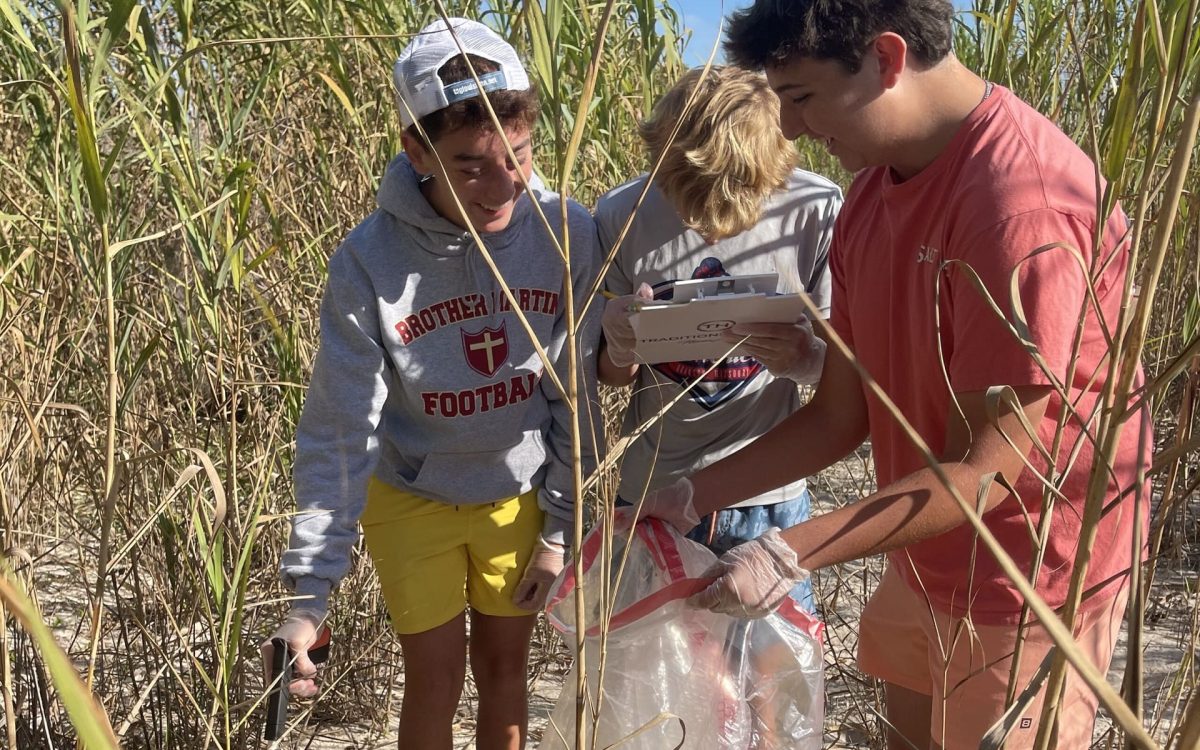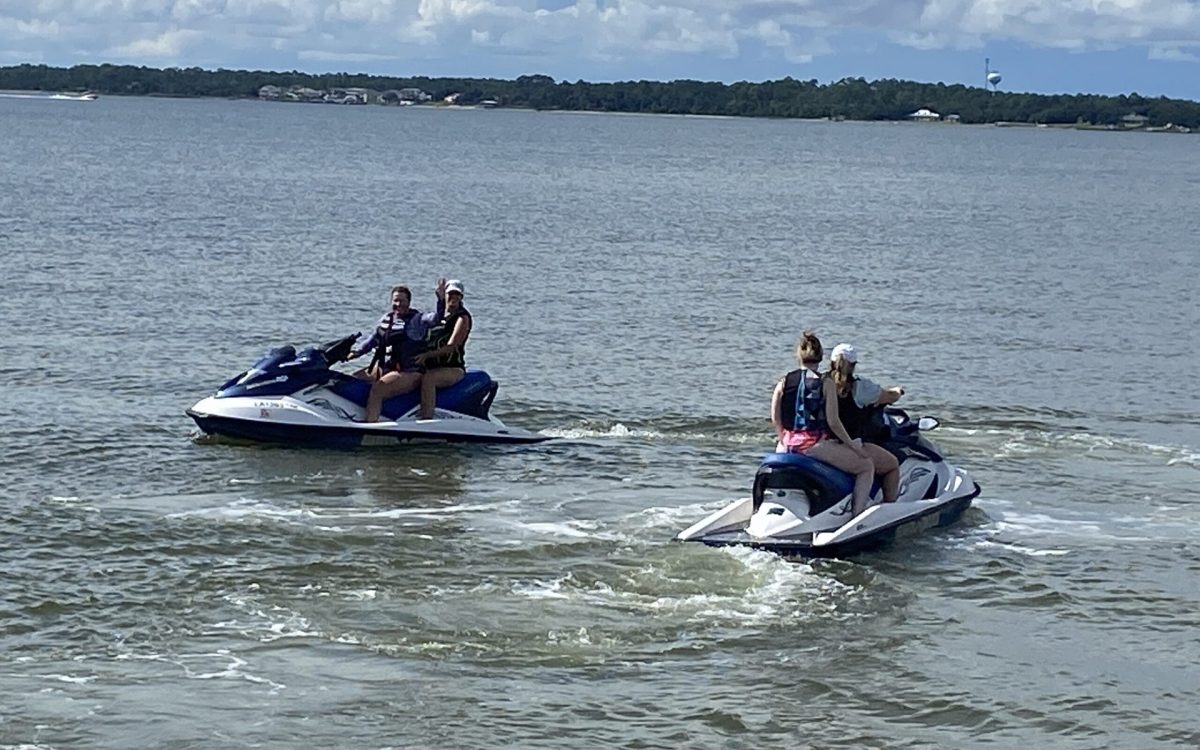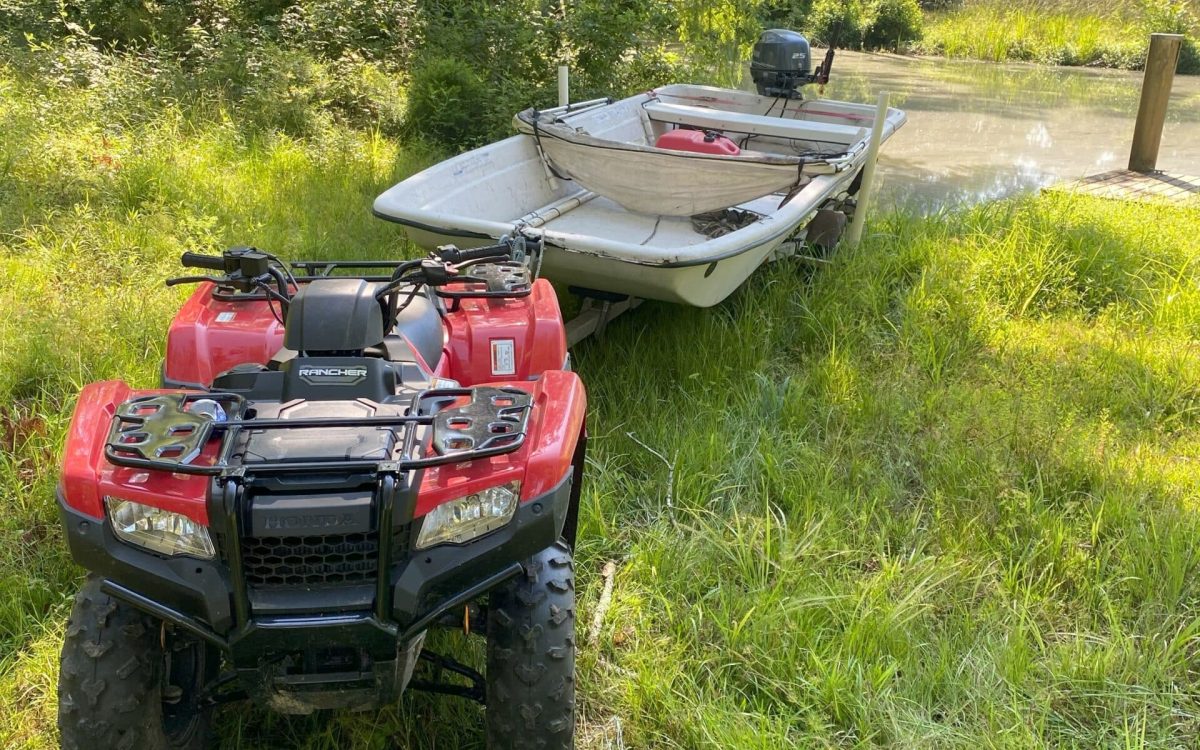
Louisiana Sportfish Analysis
A brief history of Spotted Seatrout management in Louisiana. In 1984 the possession limit was reduced to a daily limit and a saltwater fishing license was required, a 12” recreational and 14” commercial minimum size limit went into effect in 1987, and in 1988 the recreational limit was reduced to 25.
Twelve inches was chosen because it allows 100% of the males and 50 - 75% of the females to reach sexually maturity before being harvested; thereby allowing each female the opportunity to replace itself. So why not have a larger minimum size, such as 13.5 inches?
In Louisiana, males do not reach a size of 14 inches until their third or fourth years. Since few specks live beyond age 3, and more than 70% of the total speckled trout population is age 3 or younger, very few males grow to larger sizes. This would result in a loss of recreational opportunity to harvest the males and could possibly cause a shift of harvest pressure to females. This minimum size change would also create 100,000 – 300,000 new discard mortalities.
Moving the creel limits assist fisheries managers in controlling effort; however, in the case of speckled trout, the 25-fish creel limit is of no real biological or effort reducing value. It is simply the number agreed upon in 1988. The intent of the 25-fish limit was social in nature. Its sole effect was to spread out the catch. Based on the current catch per trip estimates, the proposed 15-fish creel would yield the same result. If managers felt that a reduction if effort was needed, the creel limit would have to be lower than the proposed 15. After reviewing the latest assessment and management options its safe to say that unless it is reduced to below 10 the outcome would again be sampling reallocating or spreading out the harvest.
Marine stock enhancement should be fully investigated and implemented at a cost-effective level. Traditional methods (dart and pit tags) for calculating impacts of hatchery raised fish have generally demonstrated that they contributed approximately 7% - 15% to the fisheries. Modern genetic techniques, that can detect offspring in addition to directly released fish, are showing contributions at 25% - 50% levels. This is proactive management that exceeds the cost benefit ration especially when implemented as a public/private venture.
In conclusion:
The minimum size limit of spotted seatrout remains at 12 inches, thereby achieving the original management goals and not increasing release induced mortality.
The creel limit should be decreased, at a minimum, to 10 or below. This alone will achieve the desired conservation benefit of 20% with zero added mortality.
The state should continue to evaluate other options such as: a robust education, encourage tag & release and stock enhancement programs. These types of programs affording invaluable insurance protection against stock depletion and when used in combination with traditional management practices, play a crucial role in mitigating environmental and human impacts with no added mortalities.
Anlgers Almanac Become
a Better Fisherman
Download Anglers Almanac
Turn your phone into one of your favorite tools while also turning your catch into citizen scientist data that can be utilized to modernize fish management.

Contact us for more information
ALL DONATIONS ARE TAX DEDUCTIBLE.
Managing the future of fishing in Louisiana is a monumental task and in order for the RFRI to tackle fisheries, habitat, and coastal restoration projects, funding is required. Your contributions will greatly protect, enhance and maintain the Gulf Coast Marine Fishery through science, education and public involvement.










